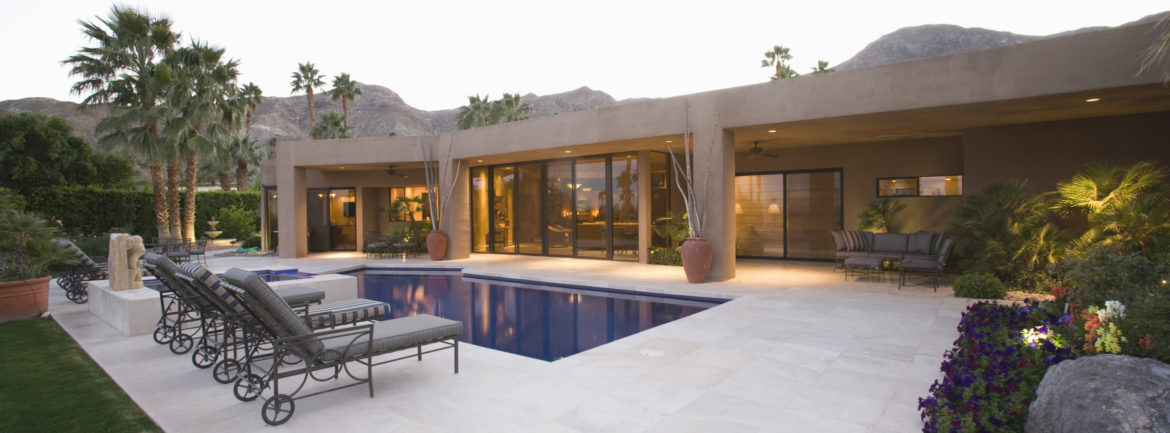
When you begin the process of looking for a home, you will hear about the necessity of putting money into escrow. While you have probably heard this word before, you may not be able to easily define what it is or why you need it. In today’s post we will take a look at the definition, as well as some of the basic principles involved with the process of escrow. When you’re done reading, be sure to contact Darlene Harwick in Palm Springs to see how she can help you find your dream desert home.
What Is It?
Simply defined, escrow is a bond or other document that is kept in the custody of a third party that takes effect only when a specified condition has been met. In practice, this means that a neutral party, or “middleman”, holds money or assets being transferred between two parties until the legal obligations have been met by both sides. This practice is utilized in business transactions to ensure that neither side is cheated in the process. In the framework of homeownership, escrow refers to money that is held in an account which pays for property taxes and insurance each month as part of the mortgage payment agreement. You do not have to worry about setting up the escrow account as it will be taken care of by either a title agent, attorney, or other party who is paid to provide this service.
Involved Parties
We mentioned that the primary function of escrow is to ensure that money does not change hands until all aspects of a contract have been fulfilled. Let’s take a moment and clarify all of the parties that are involved in a real estate transaction. The three main parties are the buyer, the seller, and the lender. The lender is typically a banking institution. The escrow officer is usually an employee of a title company or mortgage company who will work with your real estate professional to ensure that all necessary information is included in the instructions in the escrow document.
Escrow Balance
Unlike your checking or savings accounts, your escrow account holds a very specific balance that will be processed during the closing on your new home. Lenders frequently request the balance to be equal to two months of the following items: estimated property taxes, mortgage insurance payments, and homeowners insurance payments. While this may seem like a lot of money to pay up-front, it will benefit you in the long-term if prices increase on any of these items. You will benefit from having a cushion in the account, rather than having to make up the difference if it is shorted.

Minimum Balance Requirements
A minimum balance requirement is an excellent safety measure to have in place, as it ensures that a negative balance is not accidentally incurred. When it comes to your escrow account, the minimum balance requirement is determined in a slightly different manner from the requirement for a traditional checking account. The minimum balance is not to dip below two months’ worth of payments. This time frame of two months is based on figuring out one-sixth of the total amount of items that are paid from this account. Just as a minimum balance in your checking account protects you from overdrafts, the minimum balance in your escrow account helps to guarantee that if your taxes or insurance payments increase, you will not be in a position where you are facing a large shortage.
Purchasing a home involves a lot of paperwork and industry-specific terms that can be overwhelming. When you work with Darlene Harwick, however, she will take care of each piece along the path of homeownership for you. Contact her team today and learn how they can make it easy for you to find the desert home you’ve always wanted to have in Palm Springs.









